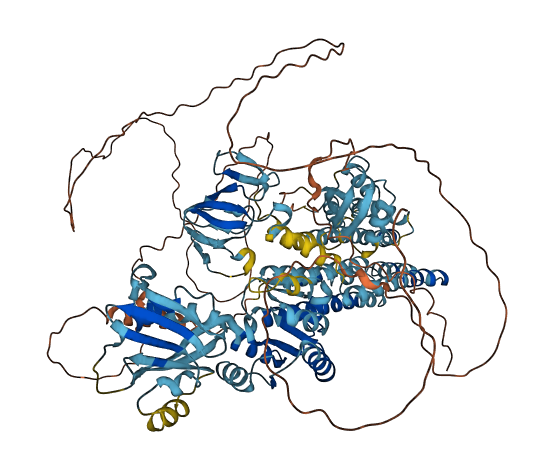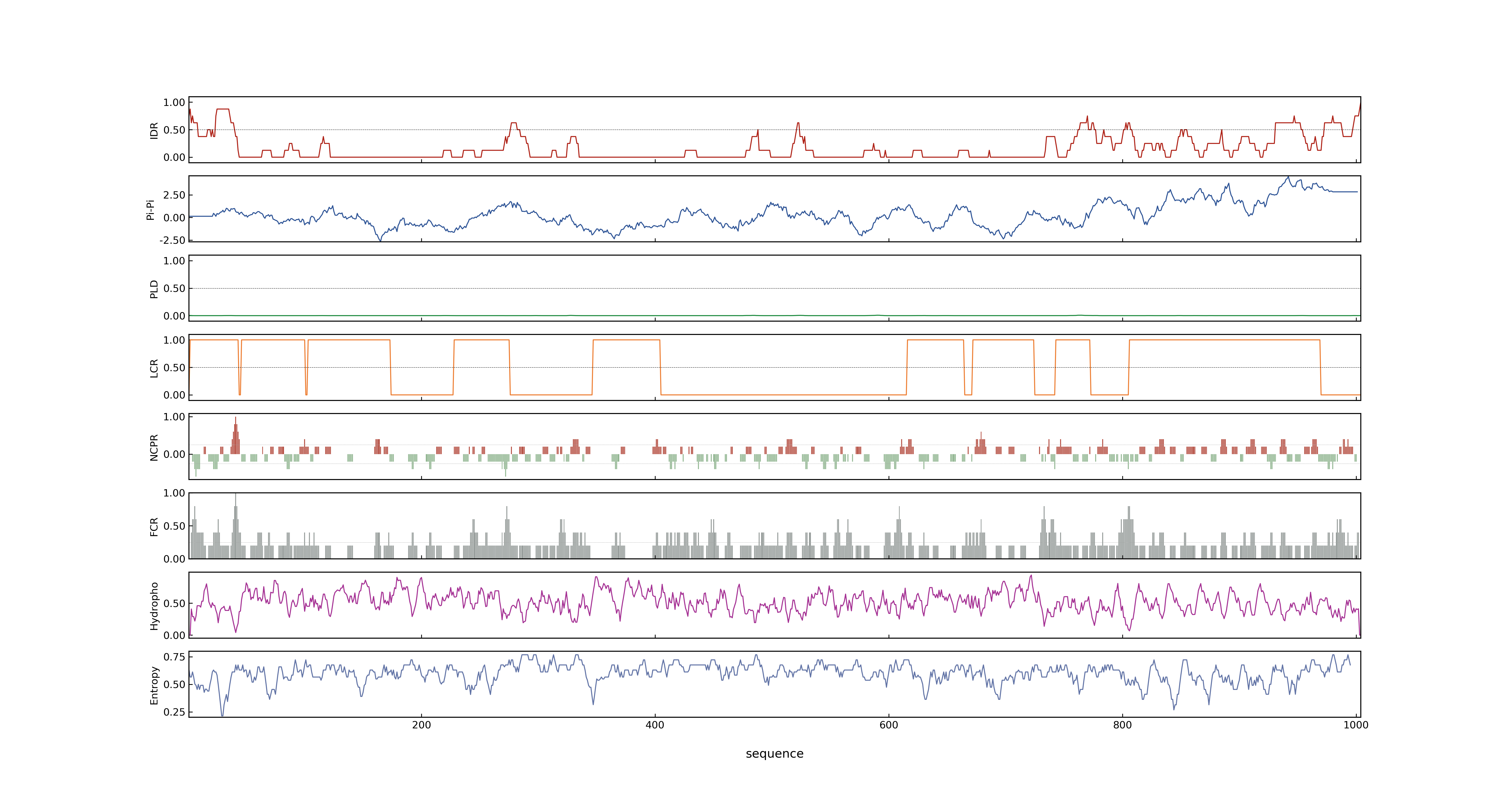- Information
- Symbol: qCdT7,OsHMA3
- MSU: LOC_Os07g12900
- RAPdb: Os07g0232900
- PSP score
- LOC_Os07g12900.1: 0.9542
- PLAAC score
- LOC_Os07g12900.1: 0
- pLDDT score
- 66.1
- Protein Structure from AlphaFold and UniProt
- MolPhase score
- LOC_Os07g12900.1: 0.99948394
- MolPhase Result
- Publication
- Functional analysis of the C-terminal region of the vacuolar cadmium-transporting rice OsHMA3, 2014, FEBS Lett.
- P1B-ATPases–an ancient family of transition metal pumps with diverse functions in plants, 2005, Trends Plant Sci.
- OsHMA3, a P1B-type of ATPase affects root-to-shoot cadmium translocation in rice by mediating efflux into vacuoles, 2011, New Phytol.
- Physiological, genetic, and molecular characterization of a high-Cd-accumulating rice cultivar, Jarjan, 2011, J Exp Bot.
- Gene limiting cadmium accumulation in rice, 2010, Proc Natl Acad Sci U S A.
- A single recessive gene controls cadmium translocation in the cadmium hyperaccumulating rice cultivar Cho-Ko-Koku, 2010, Theor Appl Genet.
- Overexpression of OsHMA3 enhances Cd tolerance and expression of Zn transporter genes in rice., 2014, J Exp Bot.
- A loss-of-function allele of OsHMA3 associated with high cadmium accumulation in shoots and grain of Japonica rice cultivars., 2016, Plant Cell Environ.
- Genbank accession number
- Key message
- Furthermore, we isolated OsHMA3, a gene encoding a tonoplast-localized Cd transporter from Jarjan
-
- In this study, using positional cloning and transgenic strategies, heavy metal ATPase 3 (OsHMA3) was identified as the gene that controls root-to-shoot Cd translocation rates
-
- The allele of OsHMA3 that confers high root-to-shoot Cd translocation rates (OsHMA3mc) encodes a defective P(1B) -ATPase transporter
-
- We propose that the root cell cytoplasm of Cd-overaccumulating rice plants has more Cd available for loading into the xylem as a result of the lack of OsHMA3-mediated transportation of Cd to the vacuoles
- OsHMA3, a P1B-type of ATPase affects root-to-shoot cadmium translocation in rice by mediating efflux into vacuoles
- Our results indicated that OsHMA3 from the low Cd-accumulating cultivar limits translocation of Cd from the roots to the above-ground tissues by selectively sequestrating Cd into the root vacuoles
- Rice OsHMA3 is a vacuolar cadmium (Cd) transporter belonging to the P1B-ATPase family and has a long (273aa) C-terminal region
- Functional analysis of the C-terminal region of the vacuolar cadmium-transporting rice OsHMA3
- The OsHMA3 protein was localized in all roots cells, but the sequence has a mutation leading to loss of function
- Therefore, failure to sequester Cd into the root vacuoles by OsHMA3 is probably responsible for high Cd accumulation in Jarjan
- Overexpression of OsHMA3 selectively reduces Cd accumulation in the grain
- Taken together, overexpression of OsHMA3 is an efficient way to reduce Cd accumulation in the grain and to enhance Cd tolerance in rice
- As a member of the heavy metal ATPase (HMA) family, OsHMA3 is a tonoplast-localized transporter for Cd in the roots of rice (Oryza sativa)
- Overexpression of OsHMA3 enhances Cd tolerance and expression of Zn transporter genes in rice.
- Further characterization in the present study revealed that overexpression of OsHMA3 also enhances the tolerance to toxic Cd
- A loss-of-function allele of OsHMA3 associated with high cadmium accumulation in shoots and grain of Japonica rice cultivars.
- Our study has identified a new loss-of-function allele of OsHMA3 in Japonica rice cultivars leading to high Cd accumulation in shoots and grain
- Connection
Prev Next

